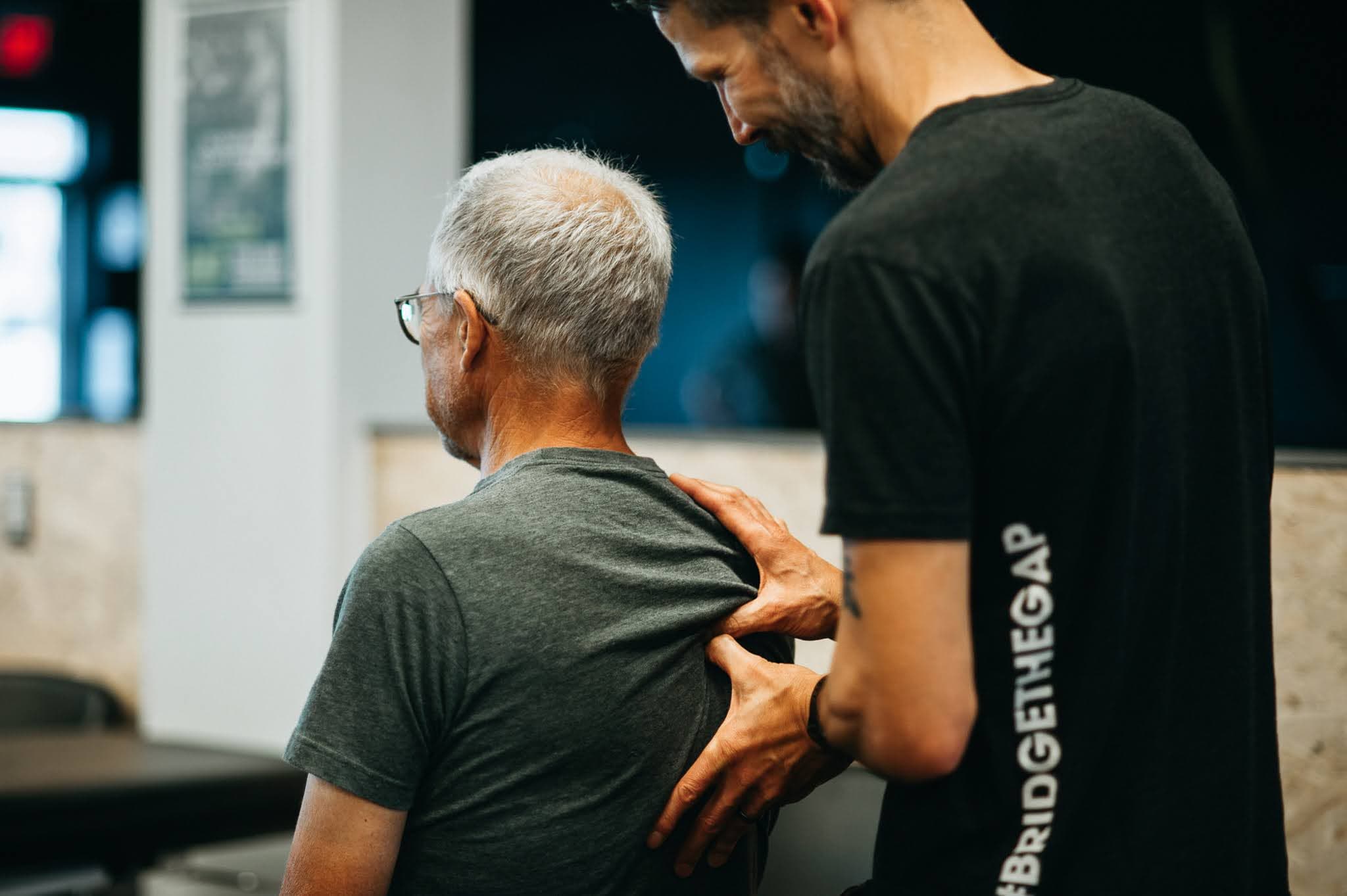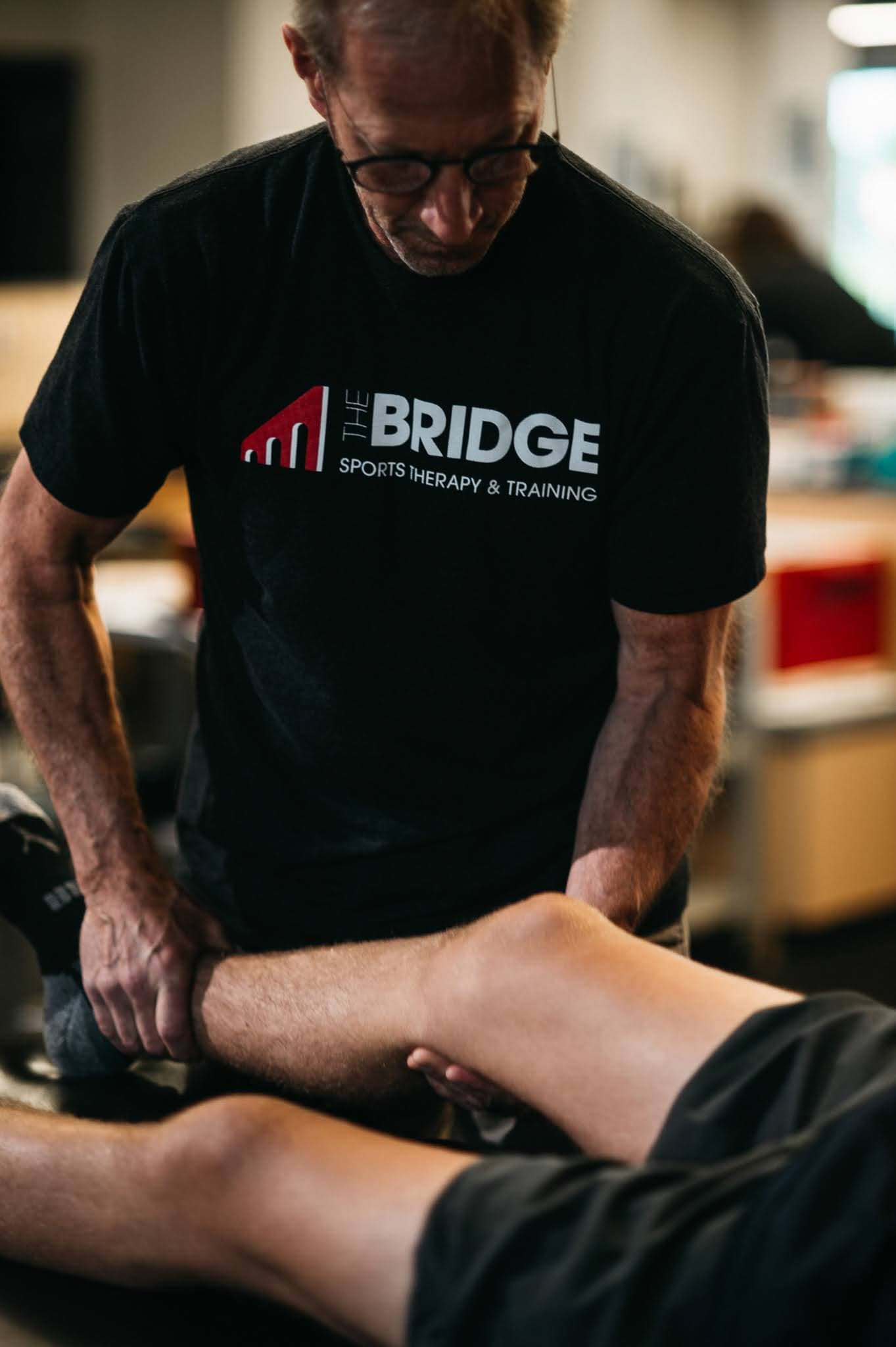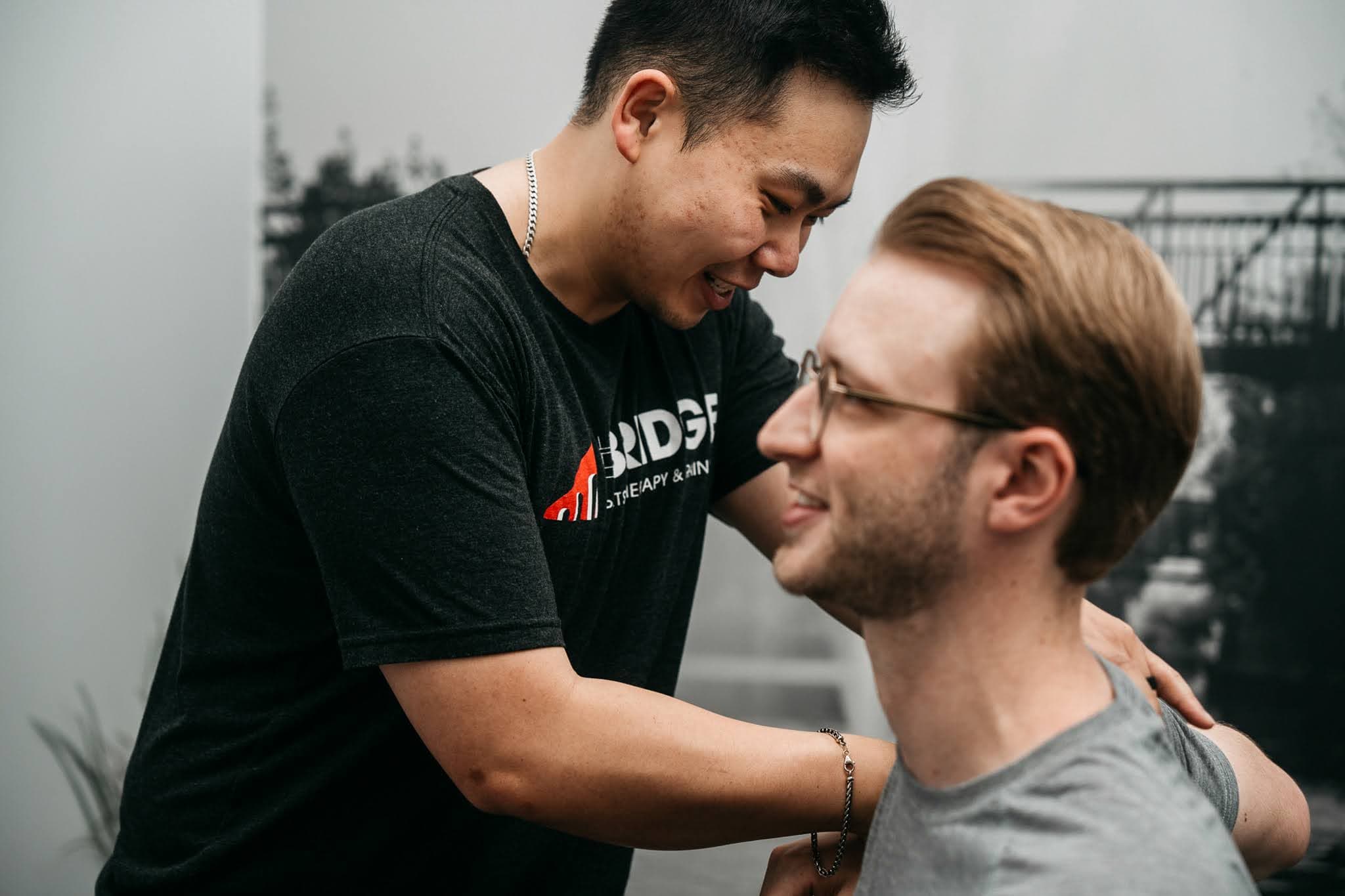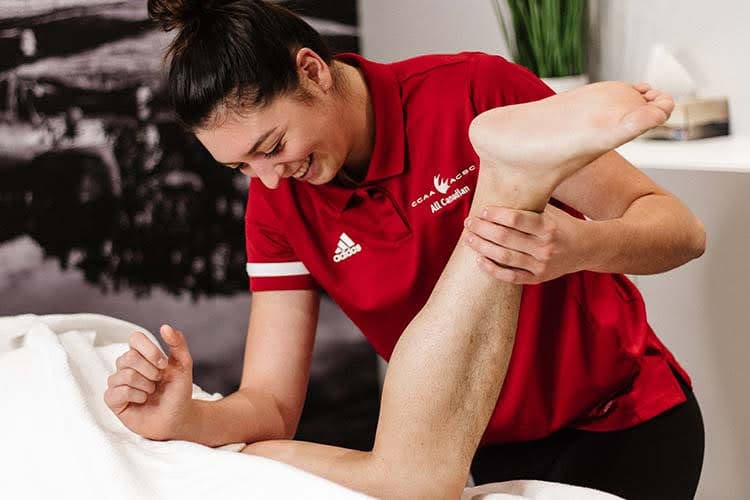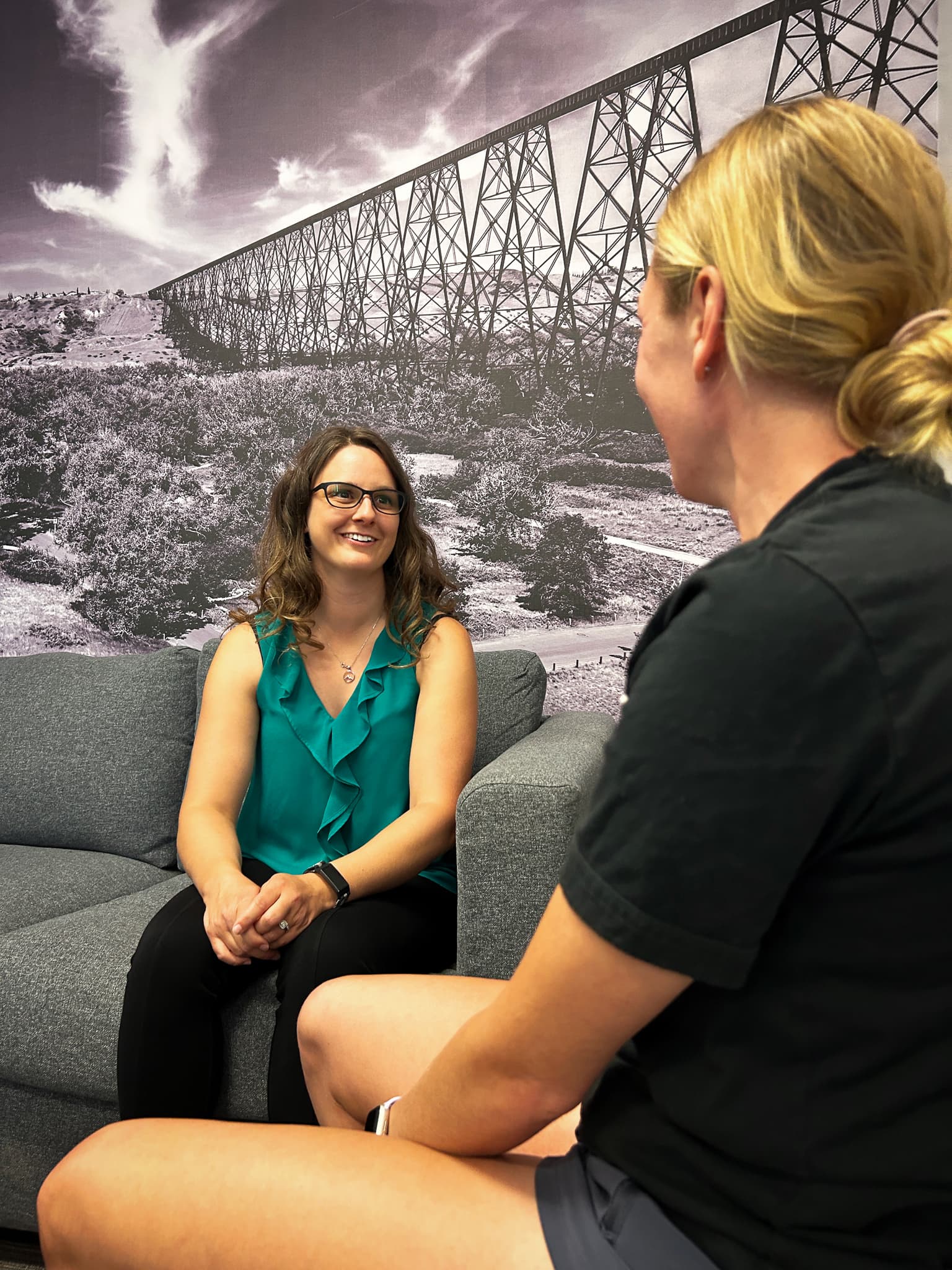Treatment
Options
Each member of our multidisciplinary team brings a unique skill set and perspective, contributing to a well-rounded approach that covers every aspect of your recovery and performance.
Areas We
Specialize
Some injuries demand more than a standard approach–our team brings advanced training and specialized education to deliver expert care for these conditions.
Clinical Pilates
Focused on alignment, breath control, and precise movement, this approach reduces pain, prevents injuries, and enhances functional movement for both daily life and athletic performance.
ACL Rehabilitation
ACL injuries are serious, and so is your recovery. Decades of clinical experience and current research drive this program, offering a comprehensive, results-focused approach for a safe return to full activity.
Concussion Management
Our specialists provide personalized symptom management, baseline testing, and return-to-activity plans to ensure a safe, efficient transition back to school, work, or sport.
Vertigo & Dizziness Rehabilitation
A tailored exercise program addressing vertigo, dizziness, nausea, concentration difficulties, and visual disturbances to restore balance and improve daily function.
Pelvic Health
Our specialists use education, targeted exercises, and manual therapy to reduce pain, restore function, and strengthen the pelvic and low back muscles, supporting better urinary, bowel, and sexual health.
Schroth Scoliosis Management
This personalized exercise program focuses on elongating the trunk and correcting spinal imbalances. Exercises are tailored to your unique curve pattern, severity, and mobility to improve posture and function.
Rebuilding strength
After injury
Recovery isn’t always easy—it requires pushing your limits to build long term strength and resilience. That’s why we focus less on the treatment table and more on effective, guided exercises in the gym. By gradually increasing the challenge, we help your muscles, bones, and joints adapt, setting you up for a full, lasting recovery and the confidence to tackle future challenges head-on.
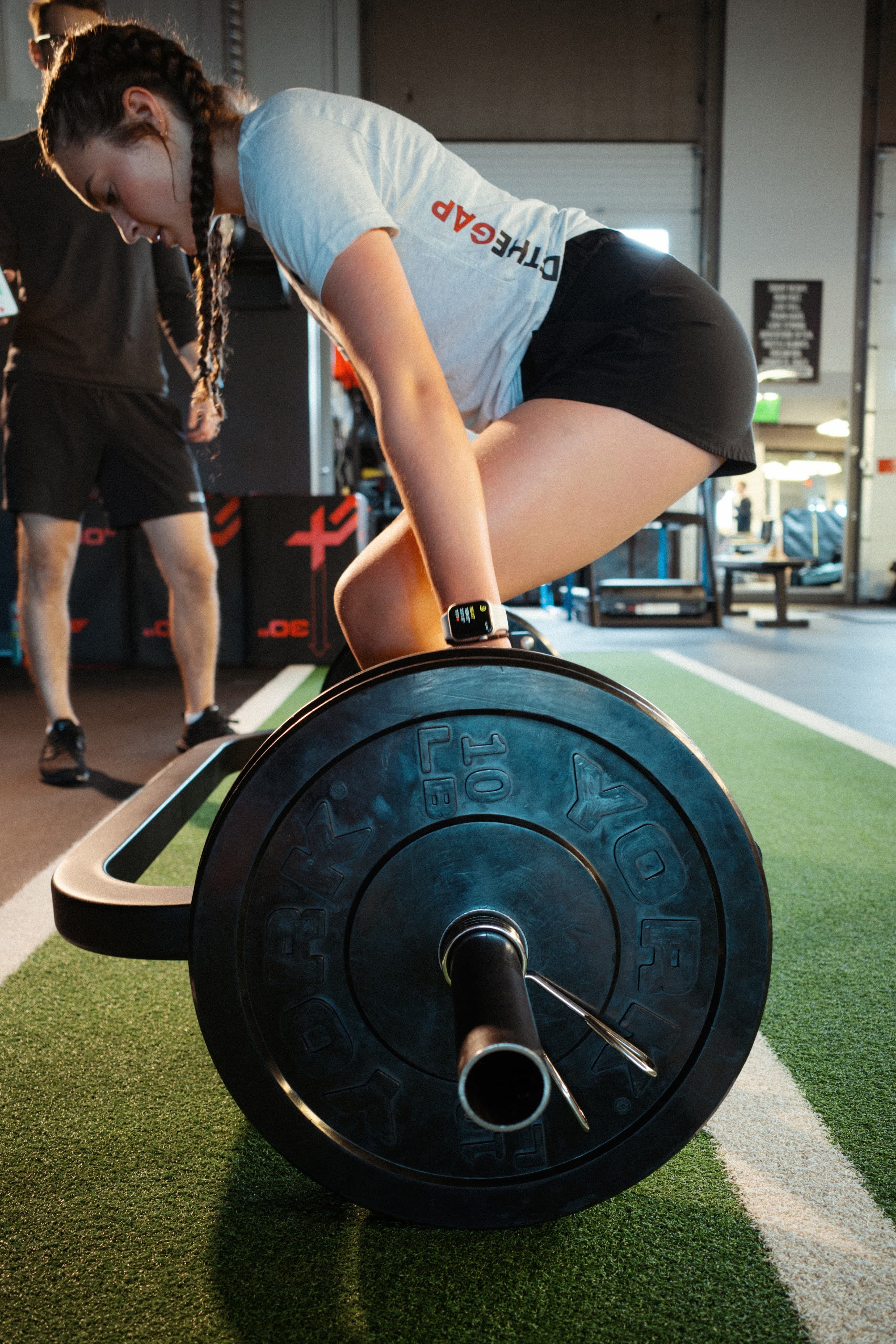

Book Now
Get moving
Meet Our
Team
Frequently asked
How do I choose the right clinician?
Do I need to be an athlete to come to the Bridge?
What can I expect from my first session?
Do I need a doctors referral?
Our rehab professionals are not just experts in pain and injury recovery—they each bring a unique focus on specific disciplines, activities, and injuries. Start by checking their availability through our online booking site or explore their bios to find the right fit for your needs. If you have private insurance, be sure to review your coverage to see which treatments are funded by your provider.
While we’re passionate about helping athletes, you don’t need to be one to benefit from our team’s expertise. Whether you're recovering from an injury or just want to move better, we’ll help you reach your goals and get back to doing what you love—pain-free.
Your first session includes a comprehensive assessment of your history, background, and goals. This extra time allows us to understand the full scope of your pain or limitation. Based on the assessment, we’ll create a tailored treatment plan that includes education, manual therapy, and a progressive exercise program to guide your recovery.
Our treatment team consists of primary healthcare providers, which means you don’t need a referral to access our services. You can book an appointment directly, and we’ll work with you from day one to address your pain, injury, or performance goals—no waiting or extra steps needed.
Find Us.
- Lethbridge
#40, 420-40th Street South
Lethbridge, AB T1J 4Z5- Phone: 1 (403) 635-4480
- Email: lethbridge@thebridge.fit
- Millennium Place
214A 2000 Premier Way
Sherwood Park, AB T8H 2G4- Phone: 1 (780) 464-5915
- Email: mp@thebridge.fit
- Sherwood Park
#109 2055 Premier Way
Sherwood Park, AB T8H 0G2- Phone: 1 (780) 570-0225
- Email: shpk@thebridge.fit
- South Edmonton
1979 - 111 Street NW 2nd Floor
Edmonton, AB T6J 7C6- Phone: 1 (780) 988 9668
- Email: south@thebridge.fit
